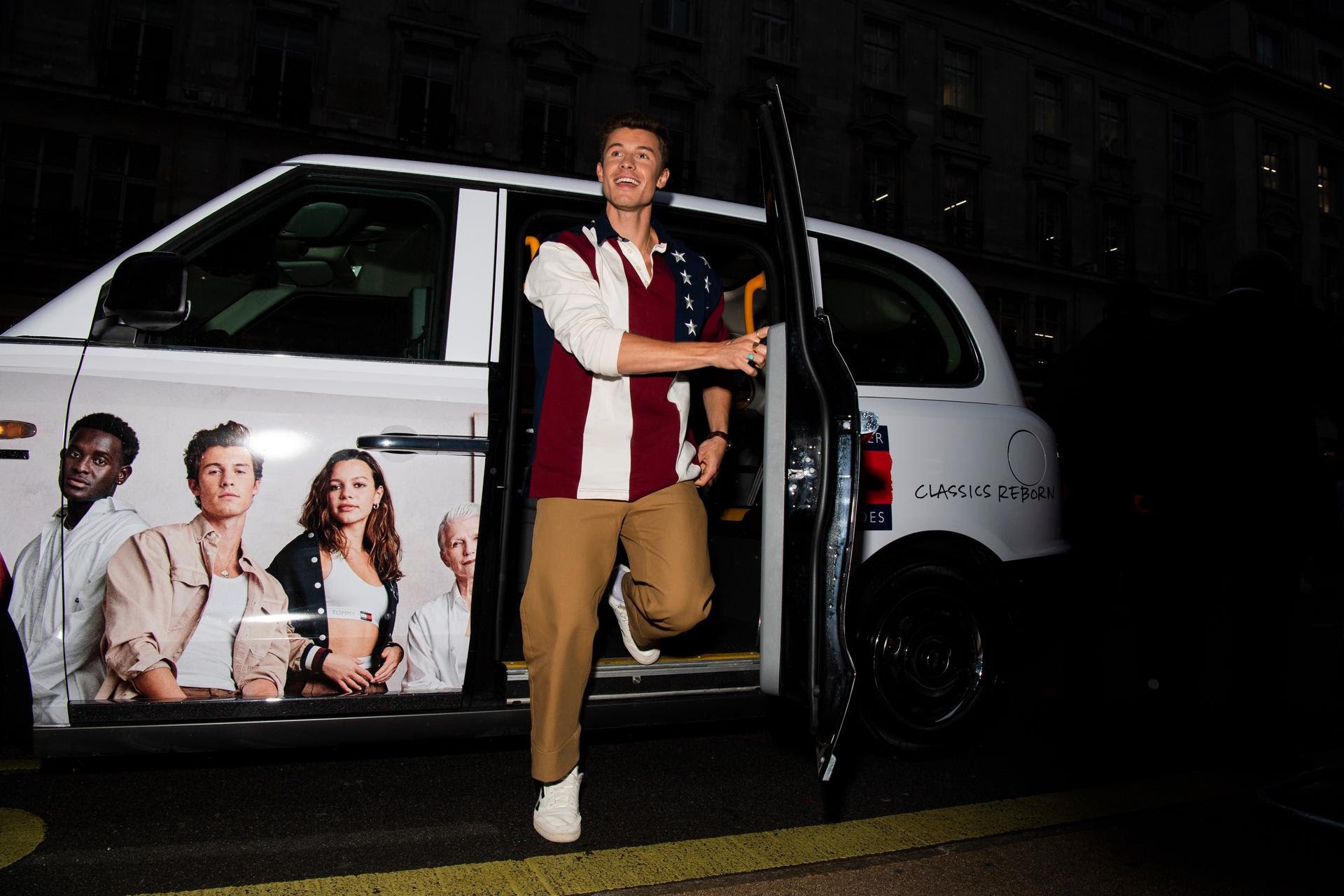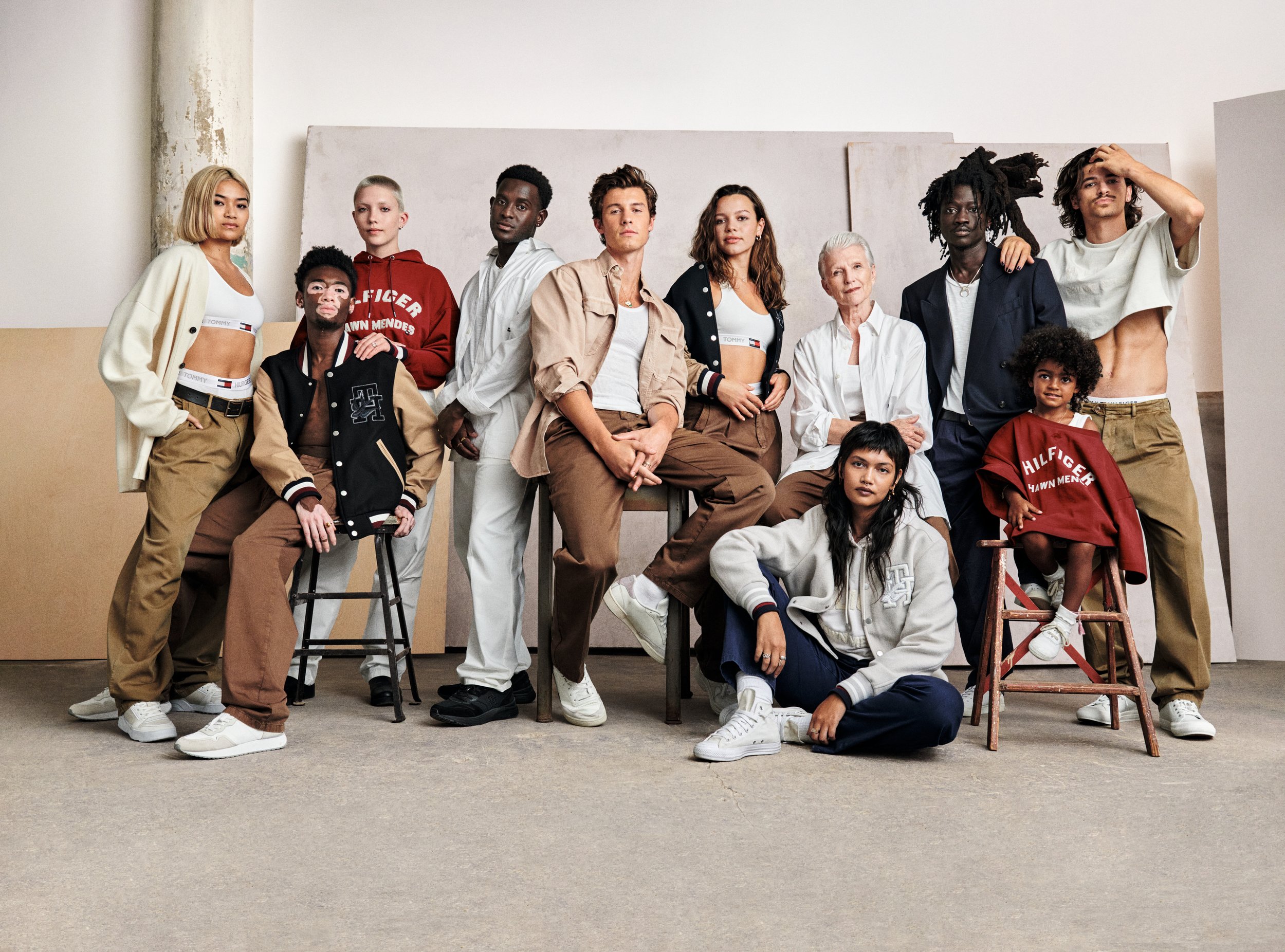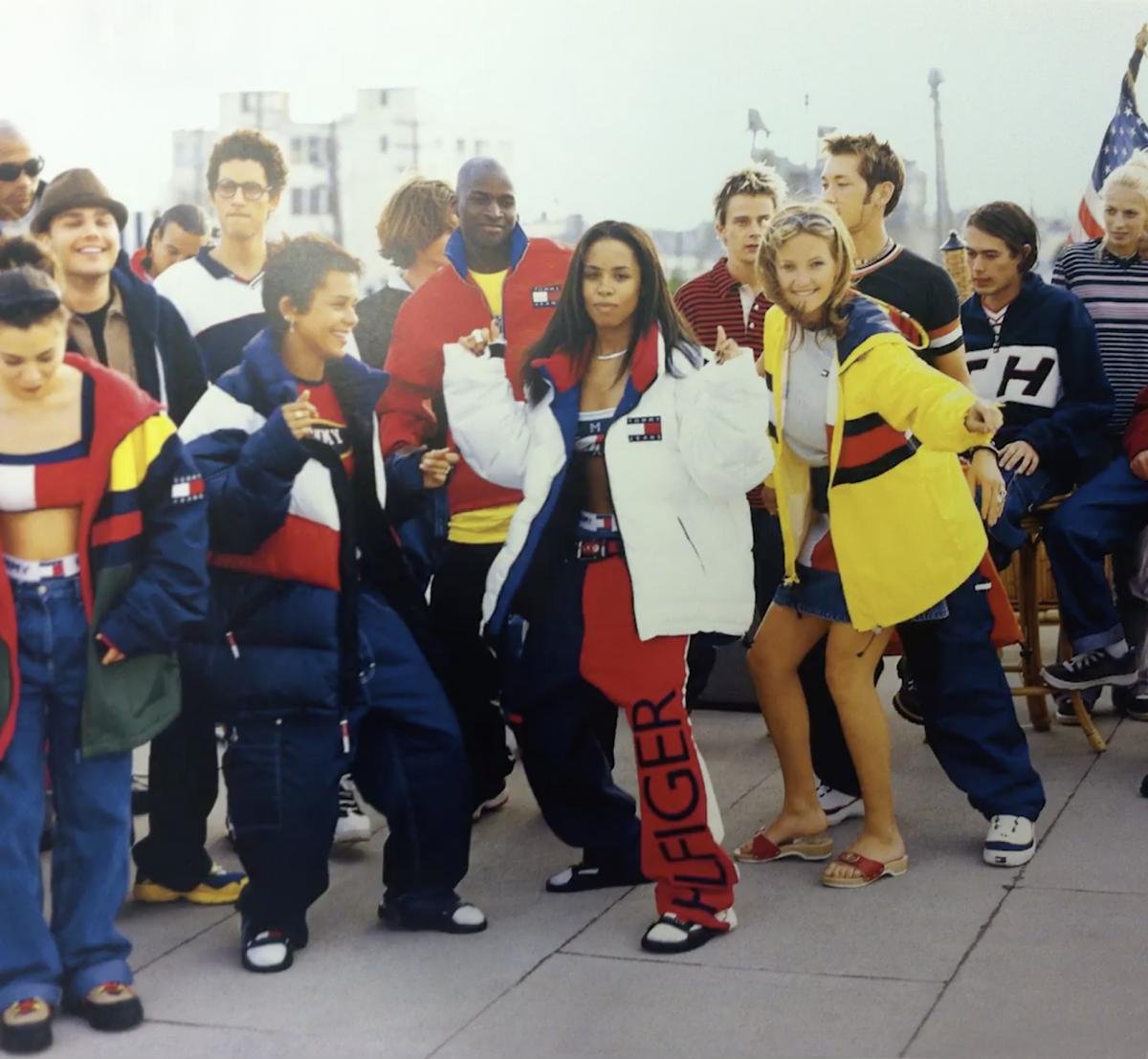“Most of my collaborations, like the one with Shawn Mendes and Zendaya are the product of trusting my intuition.” Tommy Hilfiger on staying relevant in fashion and pop culture.
Tommy Hilfiger is an icon of American fashion that has followed the instinct of where music takes him. Collaboration of the arts has been at the core of his process for many years, becoming one of the very first American designers to be actively recognised on the music scene in the 1990s in the face of dressing music mavericks like Snoop Dogg, Destiny’s Child and Aaliyah who all brought the red, white and blue iconography of Tommy straight through the merging point of culture - the rest becoming fashion history. Reflecting back at it now, years later, Tommy Hilfiger is one of the biggest and most recognisable brands in the world. The rectangular emblem of red, white and blue has become an instantly recognisable symbol, whilst his Tommy Jeans denim has remained a highly sought-after landmark of vintage and contemporary style, launching TikTok trends of teens worldwide piercing through vintage stores aiming to snap up one of the very first pieces created. Sitting down and reflecting upon how his relationship with music has led him to where he is today in light of his newest collaboration with Shawn Mendes, and the British lifestyle brand Aries for Tommy Jeans, the American designer looks back at fashion’s ongoing fascination with the past.
Beginning his relationship with clothing from high school, he first opened a small store in Elmira, New York, stocking bell-bottom trousers, leather jackets and vintage shirts, spending his time being enamoured with the musical revolution taking place in the late 1970s. “I remember being in high school, and being obsessed with musicians and what was happening in the world at the time. There was a music-fashion-political revolution taking place. In 1969, I opened my very first store and that was the year of Woodstock, with many political riots happening, especially in America following the assassination of John F. Kennedy.”
Following culture, and the artists who influence it has always been the leading source of inspiration for Hilfiger’s collections, something that American fashion did not fully follow at the time. “We started having British bands come to play from overseas, alongside Jimmy Hendrix putting on his shows and they all wore clothes that were so beautiful, clothes that you would not see in the shops at the time.” Hilfiger began hunting down through vintage shops and small retailers in the hopes of finding those star-studded garments, oftentimes spending days searching for unique pieces. “It all changed when we opened our first Tommy Hilfiger store in the 80s, it went to a completely different level.” Following his urge to create clothing that can be translated from a performance onto lifestyle, Hilfiger became one of the first designers the biggest names of R&B, Hip Hop and Pop in the 90s, transforming the Tommy Hilfiger name into one of the bridging frontiers between music and fashion, and how they both transform the culture.
When asked about the special secret in the recipe of staying relevant in fashion for many decades and spotlighting talent early, the designers brings it down to intuition. “Most of my collaborations come from trusting my intuition - there a many ways in the way we work with people. I met Lewis Hamilton and I spotted this beautiful jacket he was wearing, so I asked him to do something together. At first, he didn’t believe me, but after seeing him a few times he saw that I was serious, and that is how we created Lewis Hamilton x Tommy”. Reminiscing of the many Tommy Jeans campaigns featuring the hottest names of the late 90s and early 2000s in the face of Aaliyah, Usher and Mark Ronson, Hilfiger recalls how new-founded excitement and curiosity of popular culture and music has always been led by beautiful spontaneity and genuine fascination. “If you are really open to it, it comes to you, and when you are open to new talent and interesting people, the ideas just keep flowing and you create your best work.”



